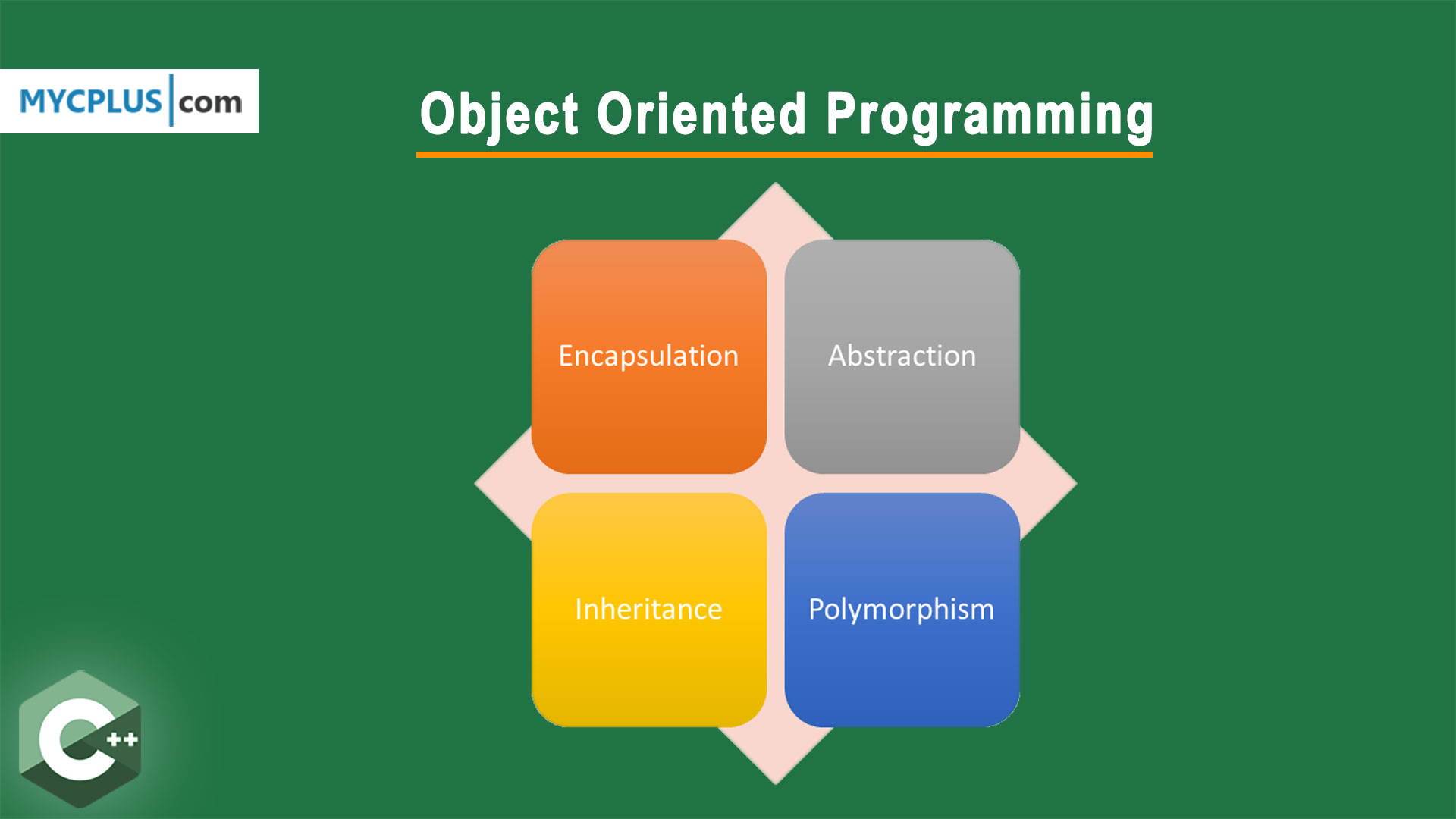The SOLID Principles of Object-Oriented Programming Explained in Plain English

Python, PowerShell, Ruby and Groovy are dynamic languages built on OOP principles, while Perl and PHP have been adding object-oriented features since Perl 5 and PHP 4, and ColdFusion since version 6. A common feature of objects is that methods are attached to them and can access and modify the object's data fields. In this brand of OOP, there is usually a special name such as this or self used to refer to the current object.
Systems
So that developer can save time and focus on other pieces or components of a code. Every good programmer wants to produce software that is correct, which means that a program produces the right output for all the anticipated inputs in the program’s application. In addition, we want the software to be robust, that is, capable of handling unexpected inputs that are not explicitly defined for its application. If you have used inheritance correctly you can now reliably use parents like their children.
History of patterns

The SOLID Principles are five principles of Object-Oriented class design. They are a set of rules and best practices to follow while designing a class structure. The most common programming paradigms are procedural, functional, and object-oriented programming.
Object-oriented concepts
In the 1980s, there were a few attempts to design processor architectures that included hardware support for objects in memory but these were not successful. Learning object-oriented programming can change how you think about code and make you a better developer. By breaking up the requirements of a complex project into reusable classes, you can simplify the coding process, make your code more organized, and make it easier to debug.
Dive Into Design Patterns
I want to focus more on the idea of Encapsulation (as it is more important than just learning one pattern and counting Encapsulation as totally complete now). This particular pattern above is called the Revealing Module Pattern, but it's just an example of how you can achieve Encapsulation. You now can just pass a URL to your function and what HTTP method you want to use and you're done. The Command Pattern is used in various scenarios where you want to encapsulate requests as objects and decouple the sender and receiver of the requests. The Adapter Pattern is used when you want to make two incompatible interfaces work together.
Parent Classes vs Child Classes
So, for software to be truly reusable, we must be clear about what it does and does not do. Given this clarity, however, software reuse can be a significant cost-saving and time-saving technique. The Memento Pattern is a behavioral desing pattern in object-oriented programmming that provides a way to capture and externalize an object’s interal state without violating its encapsulation. It allows an object to capture its current state in a memenot object, which can later be used to restore the object to that state.
Command Pattern
Mastering Object-Oriented Programming in Python: Core Concepts with Practical Examples - Medium
Mastering Object-Oriented Programming in Python: Core Concepts with Practical Examples.
Posted: Fri, 24 Nov 2023 08:00:00 GMT [source]
The interface has a connect method, and the MySQLConnection class implements this interface. Also, instead of directly type-hinting the MySQLConnection class in the constructor of the PasswordReminder, you type-hint the DBConnectionInterface. No matter the type of database your application uses, the PasswordReminder class can connect to the database without any problems, and the open-close principle is not violated.
In the context of object-oriented design, depending on a class is called tight coupling, whereas depending on an interface, is called loose coupling. You can easily end up coding an anti-patterns when using Inheritance (called the Fragile base anti-pattern). This happens where your base prototypes are considered "fragile" because you make a "safe" change to the base object and then start to break all your children. The State Pattern is a behavioral desing pattern in object-oriented programing. It allows one object to alter its behavior when its internal state changes. The pattern acheives this by representing each state as an object and delegating the state-specific behavior to these state objects.
Learn something new for free
Machine language means those sets of instructions that are specific to a particular machine or processor, which are in the form of 0’s and 1’s. But it’s quite difficult to write a program or develop software in machine language.It’s actually impossible to develop software used in today’s scenarios with sequences of bits. This was the main reason programmers moved on to the next generation of programming languages, developing assembly languages, which were near enough to the English language to easily understand. With the invention of the microprocessor, assembly languages flourished and ruled over the industry, but it was not enough. Again, programmers came up with something new, i.e., structured and procedural programming. Encapsulation requires that you define some attributes and methods as public or private.
This means that every class, or similar structure, in your code should have only one job to do. These principles are guidelines intended for programmers to apply while working on software to remove buggy code. The main reason you would fail this test, is if the ChildType is removing things from the parent. If ChildType removed methods it inherited from the parent, it'd lead to TypeError's where things are undefined that you are expecting not to be.
The Builder Pattern is a creational desing pattern in object-oriented prgramming that is used to construct a complex obect step by step. It separates the construction of a complex object from its representation, allowing the same construction process to create different representations of an object. You'll be able to then define a manager object that inherits the characteristics of the employee object but also adds characteristics unique to managers in your company. The manager object will automatically reflect any changes within the implementation of the employee object.
Comments
Post a Comment